Table of Contents Show
Based on the manga series of the same name, the anime adaptation of Death Note reached an unprecedented level of success when it first aired from December 2006 to June 2007 and continues to be regarded highly by otakus all over the world as perhaps one of the best anime of all time. (( Yusuke-s, “30 Best Anime Of All Time (2021),” Japan Web Magazine, May 31, 2021. )). A few anime’s most dynamic features are its clearly unreliable yet charismatic protagonist, Light Yagami, and the almost overwhelming plethora of twists and turns that unfold throughout.
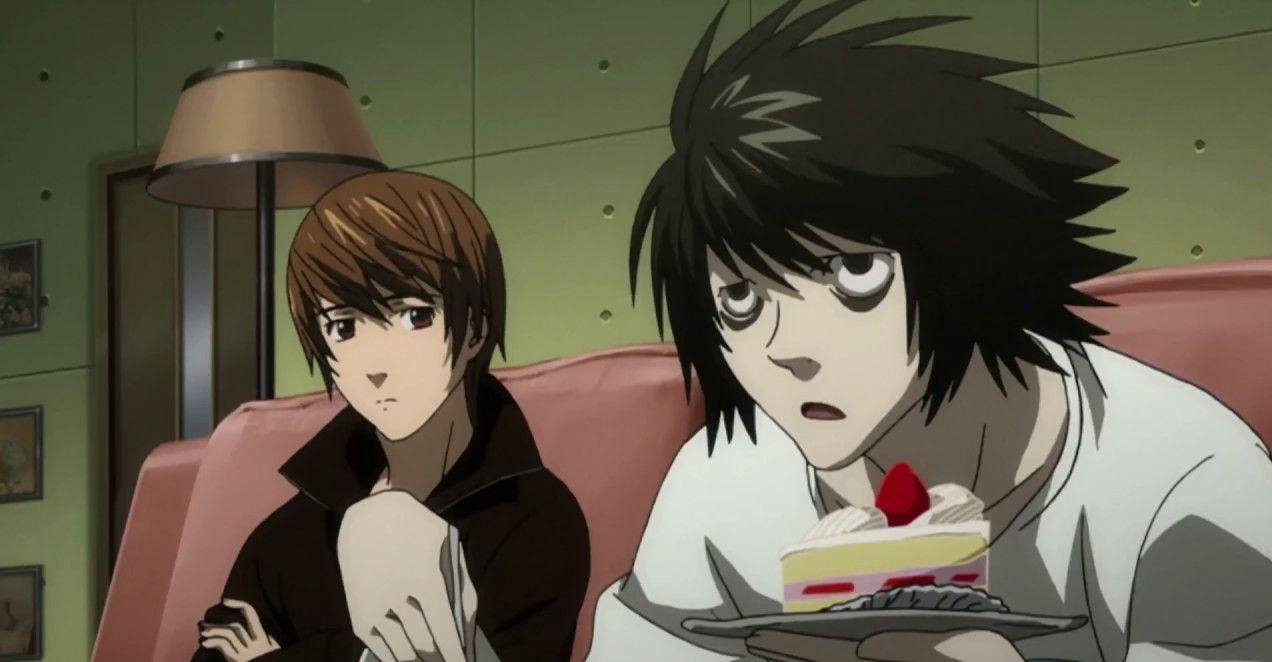
Death Note. Tsugumi Ohba. 2006-2007.
Another iconic facet of Death Note is the dynamic, cutthroat rivalry that develops between Light and the just-as-witty L, an anonymous detective whose unmatched wit and ability to solve any case thrown his way forces him to live a life of complete isolation. In these ways and countless others, Death Note truly stands apart from its predecessors. It continues to be one of a kind as anime producers and directors continue to use the iconic anime as inspiration for their own works.
What Is Death Note About?
For anyone unfamiliar with the anime giant that is Death Note, the series follows Light Yagami, an incredibly bright high school student whose life turns upside down when he assumes ownership of a black notebook left abandoned on his school’s campus. The notebook, emblazoned with the words “Death Note,” possesses a God-like power unbeknownst to Light when he first lays eyes on the unassuming notebook; when a person’s name is written in the Death Note, the person will soon die of a heart attack (or, if the cause of death is specified next to the name, the person will die from the cause of death chosen by the notebook’s owner). There is truly an abundance of rules associated with the Death Note, but these two are by far the most important in achieving a practical understanding of the notebook.
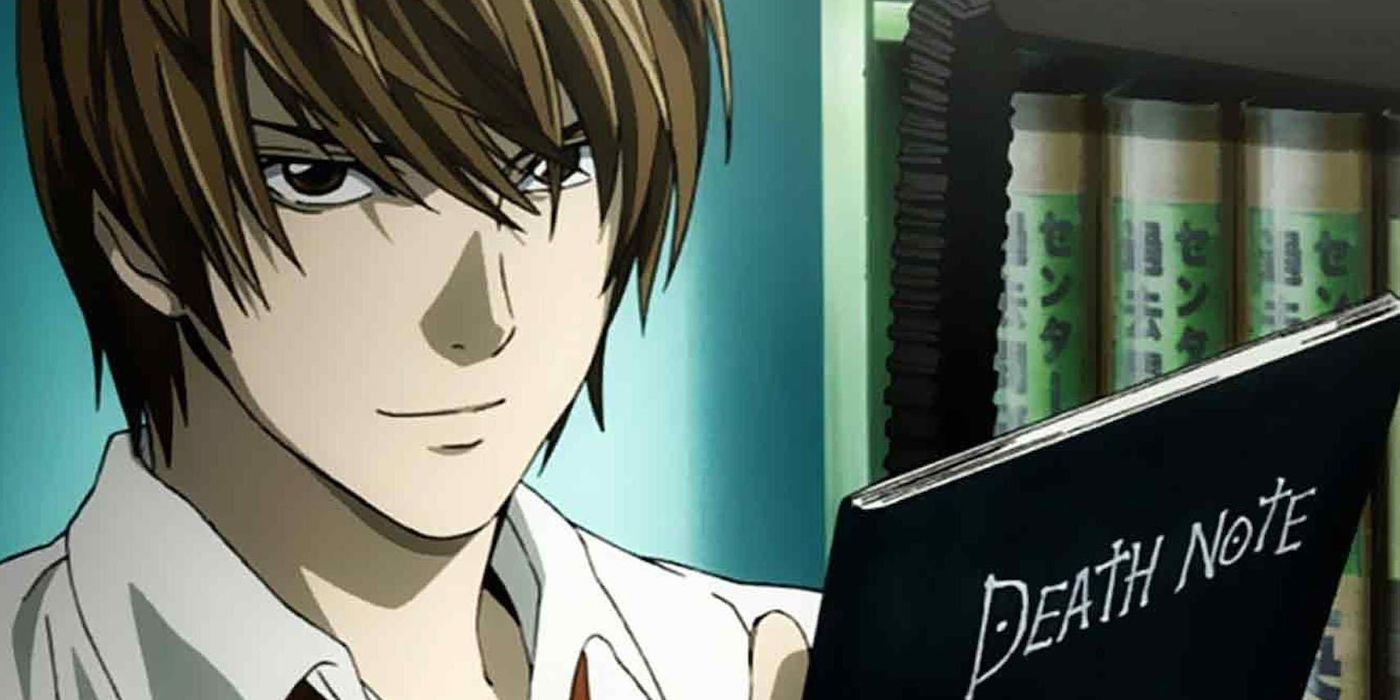
Unlike the common person who would likely turn the notebook into the police before it could fall into the wrong hands, Light takes it upon himself to use the notebook to wipe out the so-called “scum of the Earth.” In doing so, Light (who adopts the identity of “Kira”) hopes to renew a sense of order within the world by exterminating all bad people, from petty thieves to murderers doing time in prison.
“If Kira gets caught, he is evil. If Kira rules the world, he is justice.”
Light Yagami, Death Note
Another presence that truly brings the anime to life is the existence of Shinigami (or “gods of death”) like Ryuk, who remains by Light’s side to ridicule his oftentimes rash judgments of murder. The shinigami also provides a refreshing sense of comic relief throughout the mostly dark, serious anime through his borderline addiction to apples from the human realm.
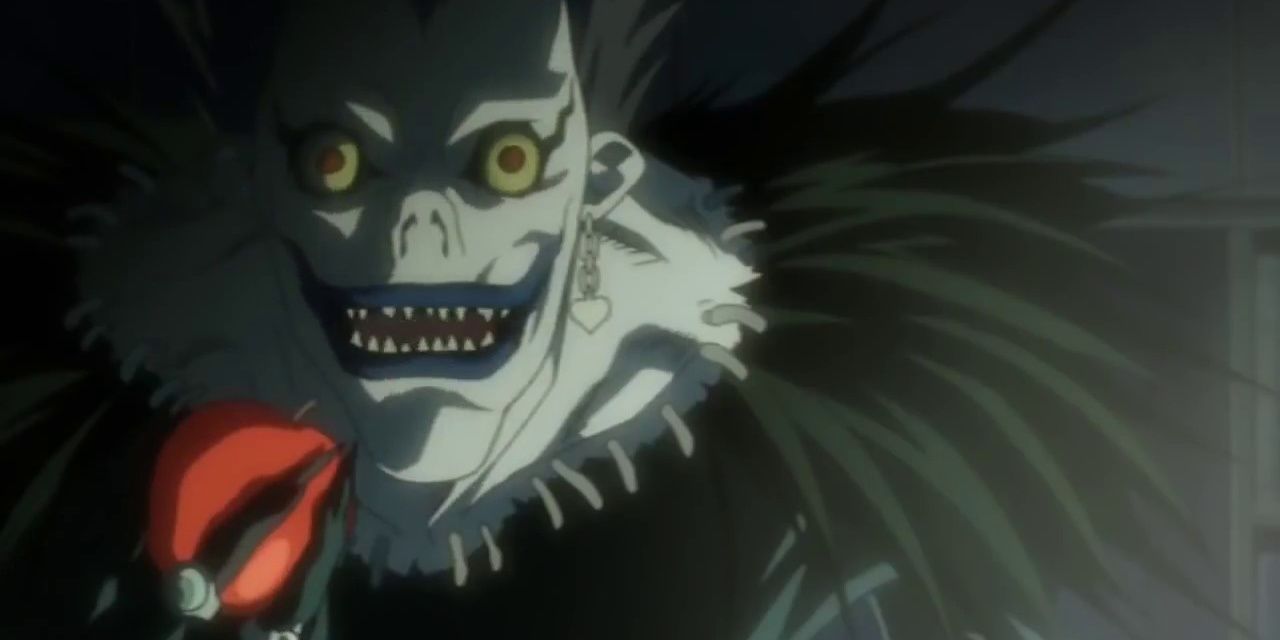
“L, do you know gods of death love apples?”
Kira/Light Yagami, Death Note
What Makes Death Note So Iconic?
One of the many aspects of the anime that sets it apart from all others is the abundance of plot twists and double-crossing that takes place throughout. For example, just as you start to believe that Light is on the brink of being discovered as the true Kira, it is soon revealed that Light was always a few steps ahead as he singlehandedly predicted the next moves of L and the police force tasked with discovering Kira’s true identity, a crucial member of which being Light’s own father.
Something else about Death Note that truly sets it apart from all other anime is the oftentimes overwhelming amount of twists and turns that unfold throughout. These twists and turns manifest in an abundance of forms, whether it be Light strategically choosing to relinquish ownership of the Death Note when the police force gets closer to the truth to make his “innocence” undeniable from his decision to share his identity as Kira with a second (and third) Kira to baffle L even further.
While it may seem that the cards are stacked against Light throughout the anime, he can triumph against a great number of his foes up until his own demise. He can do so by using various aspects of his odd reality to his advantage by using Misa’s Shinigami eyes to discover L’s real name to kill him as Kira lets his father believe that his “perfect” son was never guilty of being Kira as he lay dying.
The Promised Neverland
Of all the works included on this list, The Promised Neverland arguably comes closest to Death Note in terms of shock factor and keeping the viewer on the edge of their seat. Set in a seemingly ordinary orphanage, the anime follows three of the home’s brightest, older members as they discover a heart-wrenching secret that turns their lives upside down.
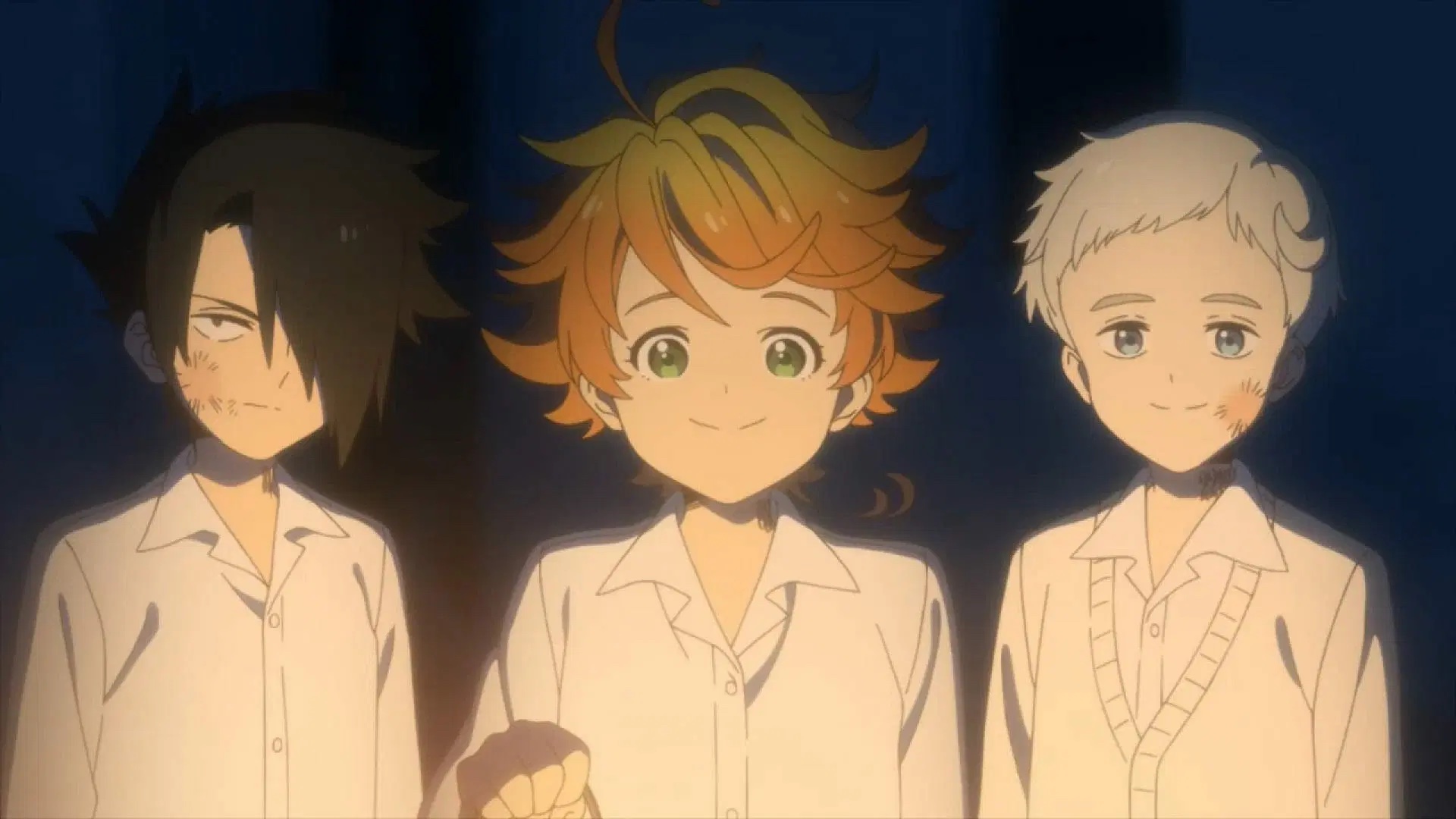
Although this article will leave the learning of this twist up to the reader, should you decide to give The Promised Neverland a chance, know that you will not be disappointed if you do. From the anime’s persevering protagonists who refuse to give up in the face of adversity to the eerily charming aesthetic of the orphanage, once you get past the anime’s first few episodes, The Promised Neverland is guaranteed to pique your interest from the very beginning.
This being said, many fans have universally agreed that the anime’s first season is far superior to its second season since fans believe that the anime’s second season was rather rushed in terms of pacing. (( Nick Valdez, “How The Promised Neverland Season 2 Made a Bad Ending Even Worse,” ComicBook.com, July 7, 2021. )) This was partly done to ensure a satisfying conclusion for the viewer since the second season doubles as the anime’s final season. Nonetheless, The Promised Neverland is sure to remind fans of Death Note and the never-ending twists and turns that they grew so fond of throughout the anime giant. Although no anime can truly compare to Death Note, The Promised Neverland certainly comes close.
The anime’s first season is available on Netflix (both subbed and dubbed) and, if you can’t wait for its second season to be dubbed, both seasons are available on Hulu and Funimation (with the first season available both subbed and dubbed and the second season only available subbed).
Erased
Another essential watch for anyone who loves Death Note is Erased, also known as Boku dake ga Inai Machi (僕だけがいない街). The anime follows Satoru Fujinuma, a young man with the mysterious power to travel back in time minutes before a disastrous moment has the chance to unfold. Unfortunately, the ability, known throughout the anime as “Revival,” never tells Satoru what triggers this disastrous moment, so he must pay close attention to search for any outliers surrounding him to prevent the disaster that activated Revival in the first place.
This anime is shaped by one disastrous instance in particular, a moment that will be left to the reader’s imagination until they have the chance to watch Erased for themselves. This being said, the moment is so life-altering that Revival sends Satoru back eighteen years into the past so he can discover the perpetrator’s identity and reprimand them before they have the chance to do any real damage.
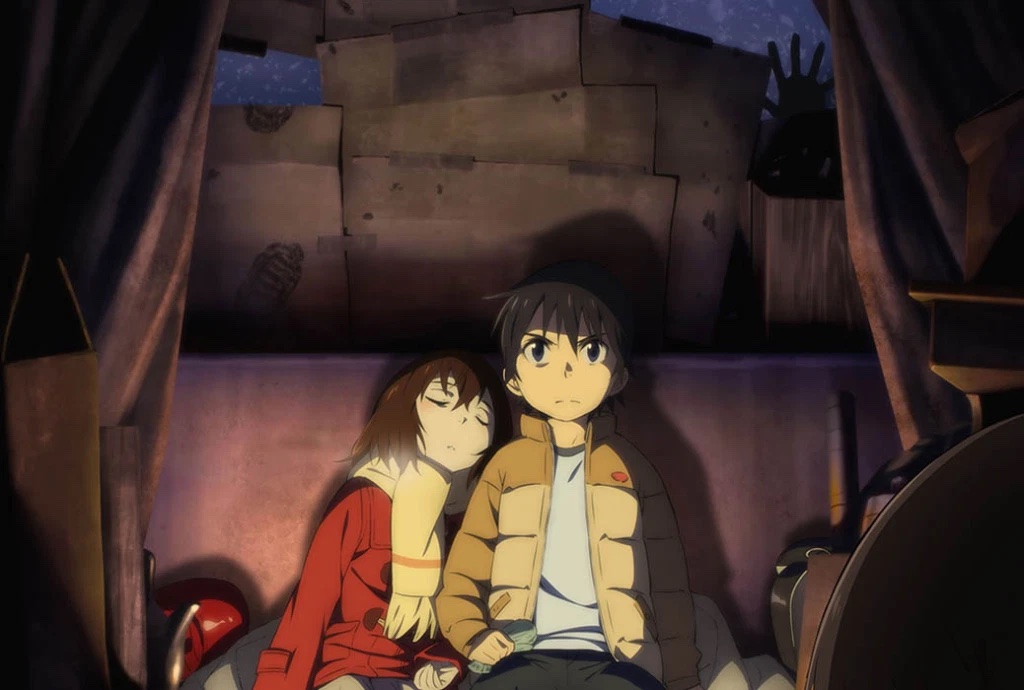
Unfortunately, Erased only received a single twelve-episode season, but the story is also told in an abundance of other formats, like many other successful manga-to-anime adaptations. These formats include a live-action film adaptation released in 2016 and a live-action web drama released in 2017, the latter available on Netflix.
Despite the rather limited number of episodes, however, the anime adaptation offers a concise, highly entertaining take on the events that unfold throughout the nine-volume manga and is guaranteed to be an evocative watch. Erased is available across streaming platforms such as Netflix and Hulu (both subbed and dubbed).
Another
Another (no pun intended) anime that is definitely worth watching if you have been seeking a parallel experience to watching Death Note for the first time is Another. The series tells the tale of Kōichi Sakakibara, a student who transfers to Yomiyama Middle School in the midst of an academic term.
As if transferring in the middle of a school year wasn’t hard enough, Kōichi notices that while his peers are generally welcoming and kind to him, these peers seem to hold him at arm’s length. In fact, the only person that Kōichi can truly call a friend is the mysterious Mei Misaki, whose presence ramps up the chilling atmosphere of the anime as all of her other classmates reasonlessly ignore her. Is Mei merely a loner, or is there something supernatural about her as a character? Give this anime a chance to find out.
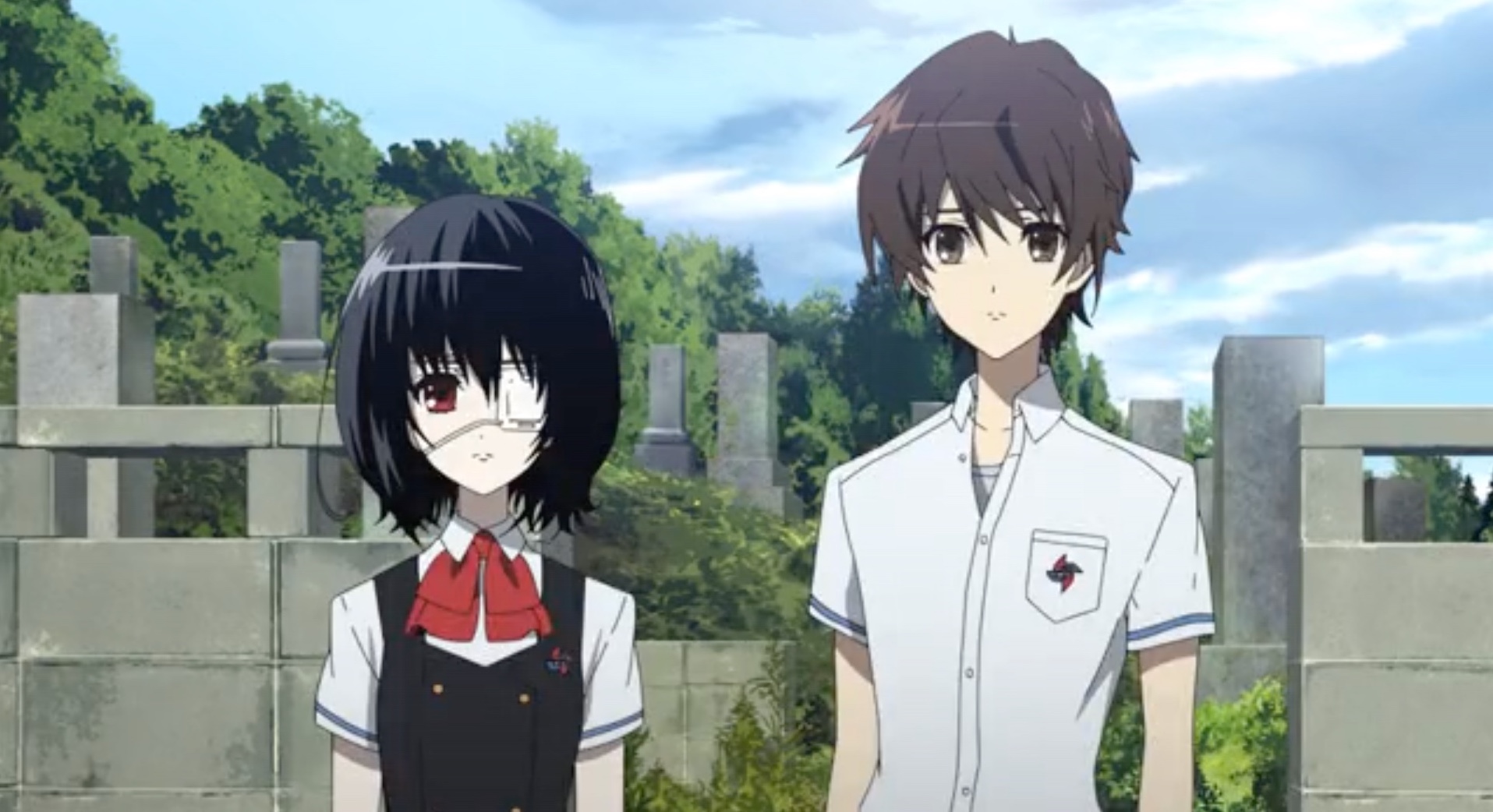
One thing that should be kept in mind with this anime particularly is that the first three episodes are packed with a lot of exposition and are more focused on introducing the viewer to the somewhat odd cast of characters than on providing a multitude of twists and turns right off the bat. However, the wait is definitely worth it; by the end of the third episode, you are sure to be on the edge of your seat.
Like Erased, Another only received one twelve-episode season (and one OVA that offers additional insight into the life of one of the series’ protagonists that should be watched after the series finale). The anime also received a live-action film soon after it was fully released, speaking to the anime’s initial success. Another is available wherever you enjoy your anime and popular streaming sites like Crunchyroll (subbed only).
Future Diary
Of all the anime franchises on this list, Future Diary (also known as Mirai Nikki) may come closest to Death Note in terms of plot devices. Chronicled throughout is the seemingly uneventful life of Yukiteru (“Yuki”) Amano, an ordinary high school student who finds solace in his rather lonely life by keeping a diary on his cellphone. However, Yuki’s normal life is suddenly inverted when, one day, he logs onto his virtual diary to find an entry that he had not written himself that chronicles events that would take place throughout the present day.
Fittingly enough, his phone turns out to be one of many “future diaries” that have the power to predict its owner’s future. So naturally, with such a power, the owner ought to be able to manipulate this knowledge in their best interest, right? Wrong. It is quickly revealed that this newfound power comes with a vast array of life-threatening disadvantages that pit the owners of the future diaries against one another.
Perhaps one of the more well-known facets of this anime within otaku culture is the infamous yandere character of Yuki’s main love interest, Yuno Gasai. (( Lindsey Lee, “Top 30 Yandere Characters in Anime,” ANIME Impulse, February 5, 2019. )) Throughout, Yuno is willing to go to extreme lengths to ensure Yuki’s safety (and, hopefully, earn his love along the way). What omnipotent force could be so deadly to garner such a diehard “bodyguard”? Watch this rollercoaster of an anime to find out.
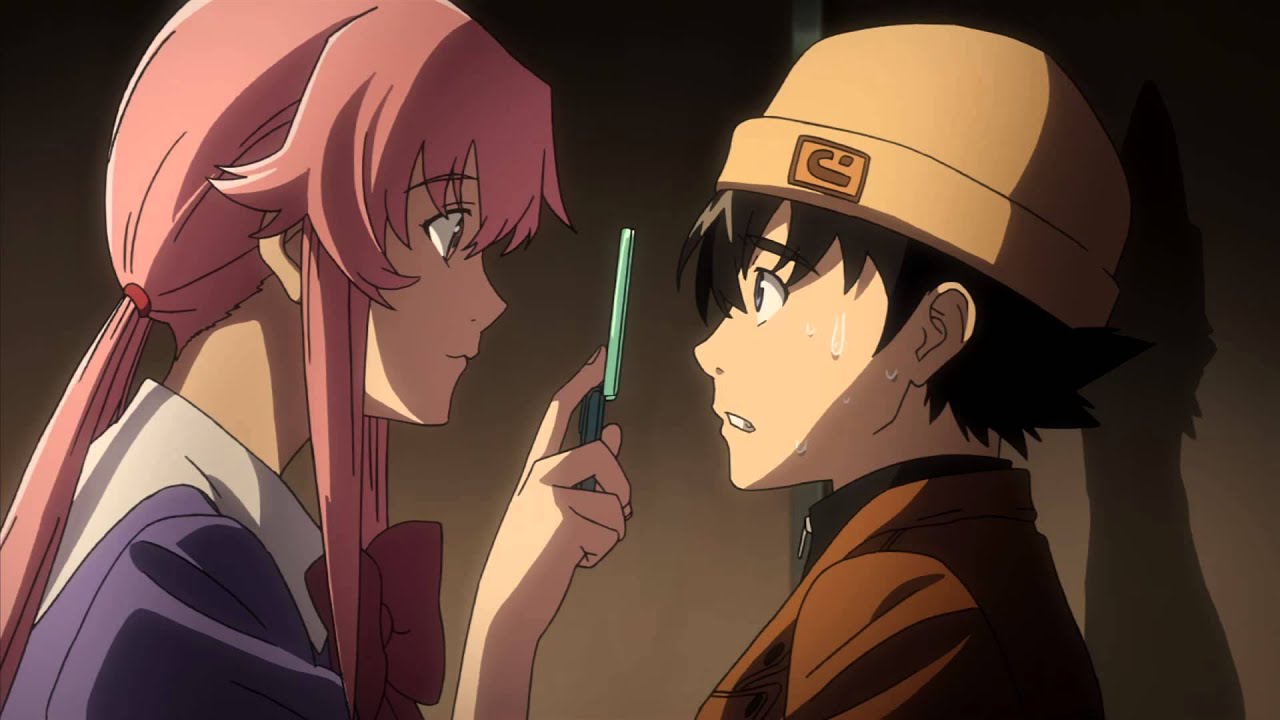
Future Diary is also a slightly longer watch; unlike Erased and Another, the anime consists of a twenty-six-episode season and an additional OVA that ties up the anime loose ends since it functions as the series’ epilogue. You can watch Future Diary wherever you stream your anime or on popular streaming sites like Hulu and Funimation (both subbed and dubbed).
The “Danganronpa” Video Game Series (…And Anime)
Perhaps best described as a fusion of The Promised Neverland, Future Diary, and a sprinkling of Death Note, the “Danganronpa” video game trilogy truly has it all. While each game follows a rather predictable formula, with the player controlling a remarkably average protagonist as they are submerged into the inescapable Hope’s Peak Academy alongside fourteen other students with unique Ultimate skills, each installment within the series possesses its own charm and character as Ultimate talents are rarely recycled across games.
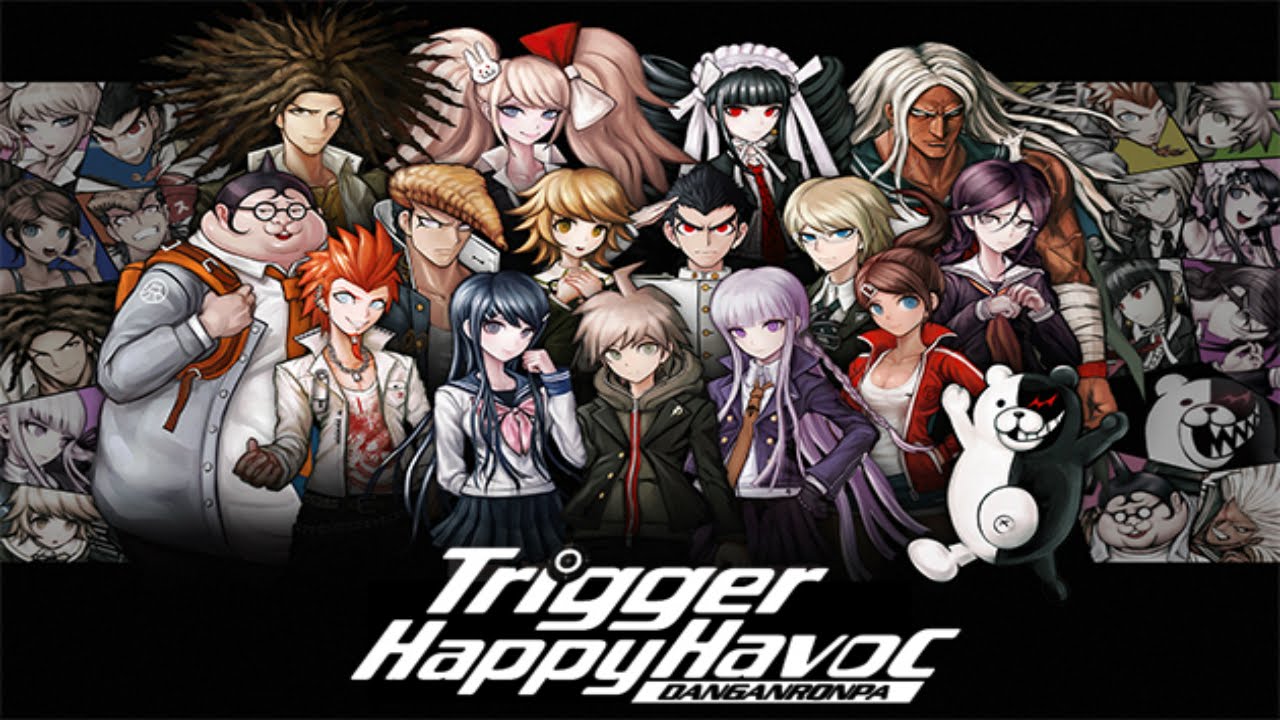
Like Future Diary’s Yuki, the fifteen talented high school students must obey the rules established by their captors to avoid drastic punishment. Early on in the games, the students’ nightmarish reality is set in stone by Monokuma: either follow the rules of the Academy and remain trapped within it for the rest of your life or try to “graduate” by attempting a nearly impossible criminal feat that will remain up to the reader’s imagination until they have a chance to experience the despair-ridden world of “Danganronpa” for themselves.
The video game series also received a two-season anime, with the first season chronicling the events of the series’ first game (“Danganronpa: Trigger Happy Havoc”) and the second season being loosely based on and functioning as an epilogue of sorts for the series’ second game (“Danganronpa 2: Goodbye Despair”). This being said, fans have unanimously agreed that the anime doesn’t even come close to doing the games justice. This is mostly because the anime adaptation had to omit many pertinent plot points for the sake of brevity since each game has a playtime of roughly thirty hours. (( “Danganronpa: Trigger Happy Havoc,” How long is, last accessed July 14, 2021. ))
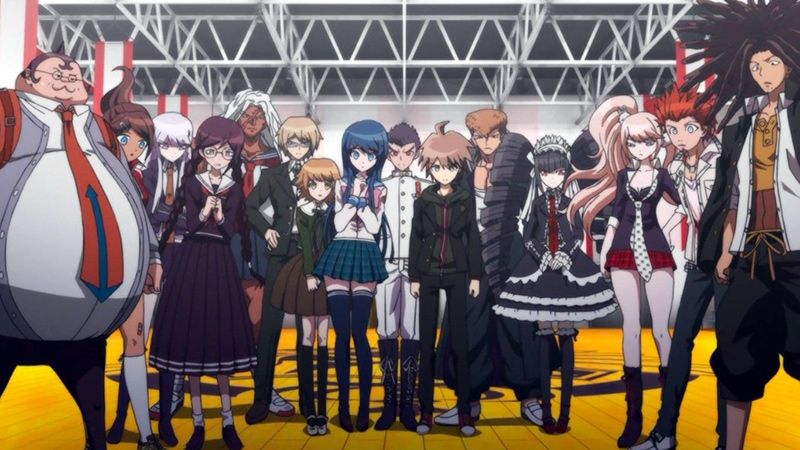
Nonetheless, the Danganronpa anime certainly has its charm. It provides an easily consumable way to get to know the zany cast of characters and become fully immersed within these students’ unfortunate new reality. Through the incredibly committed voice acting and physical interaction of characters that story-based video games lack, it cannot be said that the anime adaptation doesn’t have its merits.
If you are interested in experiencing the story’s gut-wrenching twists for yourself, the “Danganronpa” trilogy is available on Steam (and, if you lack the funds to play these games yourself, through Let’s Plays on YouTube), and the anime is available on streaming sites like Funimation (both subbed and dubbed).
What These Five Anime Franchises Share With Death Note
While none of the anime franchises above can be described as a true equal to Death Note, they all possess certain elements that are incredibly reminiscent of the anime behemoth. One of these elements, as previously mentioned, is an oftentimes overwhelming array of twists and turns that seem to arise just as the viewer believes that they have some semblance of what is truly going on.
Another feature that truly binds these works together is a certain chill factor that similarly seems to have come out of nowhere; just as the viewer begins to expect that the work is heartwarming and wholesome, it proves to be anything but. For the sake of this article, however, these features were not referenced specifically so that you, the reader, can use these spoiler-free descriptions to experience these unnerving twists and turns for yourself since this is where the true enjoyment of these anime franchises lie.
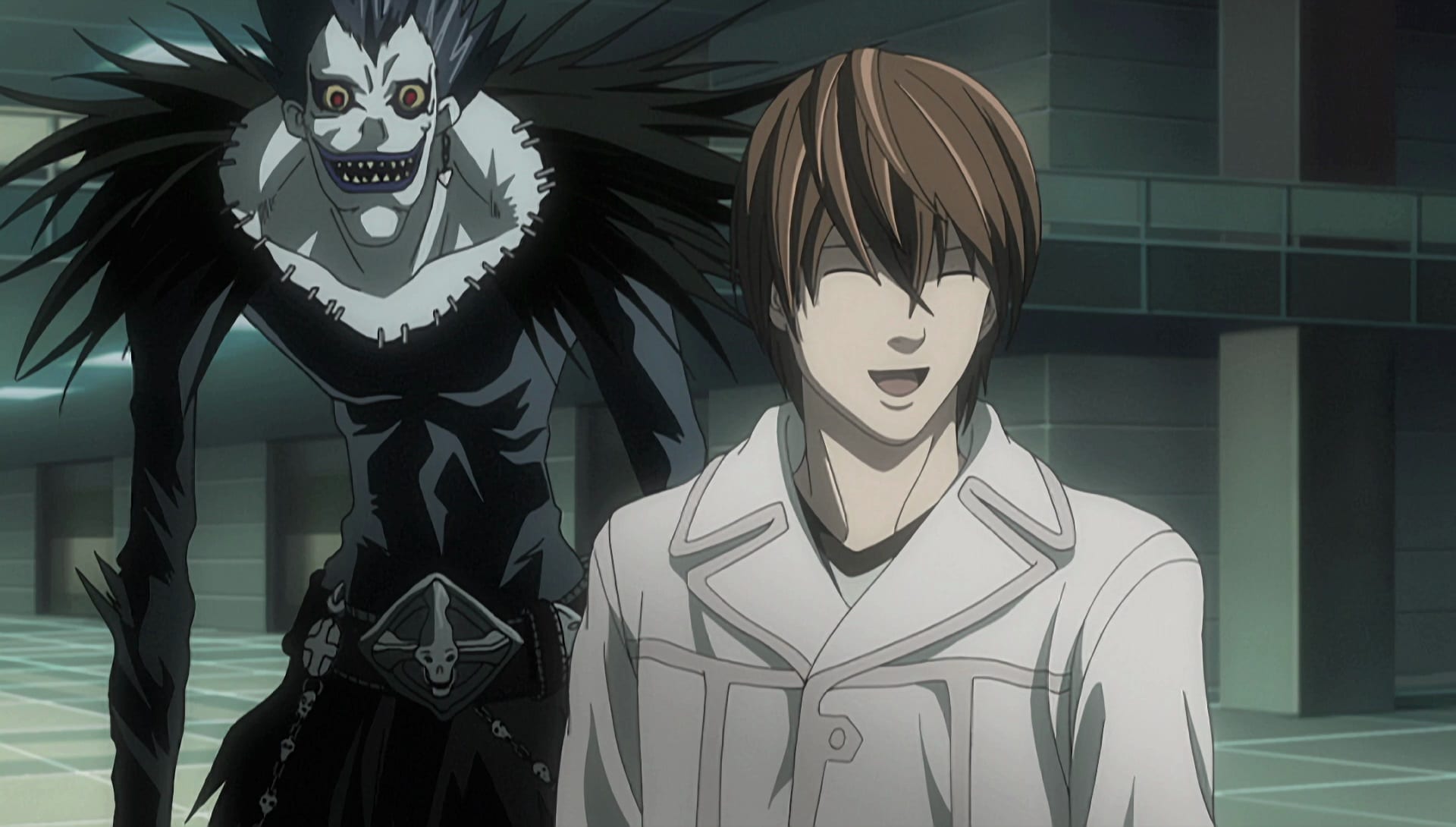
Each of these anime franchises is truly iconic in its own right, both as standalone works and as works highly reminiscent of anime giants like Death Note. Whether you’re a new fan of anime or have been an avid watcher for years, know that these anime are more than worth the watch. Unfortunately, in a world determined to demean anime as a medium to the status of mere “children’s cartoons” (( “Why Anime is Definitely Not Just For Kids,” Screen Rant, August 17, 2019. )), anime like the five listed throughout this article make this attempt seem futile and practically impossible.
